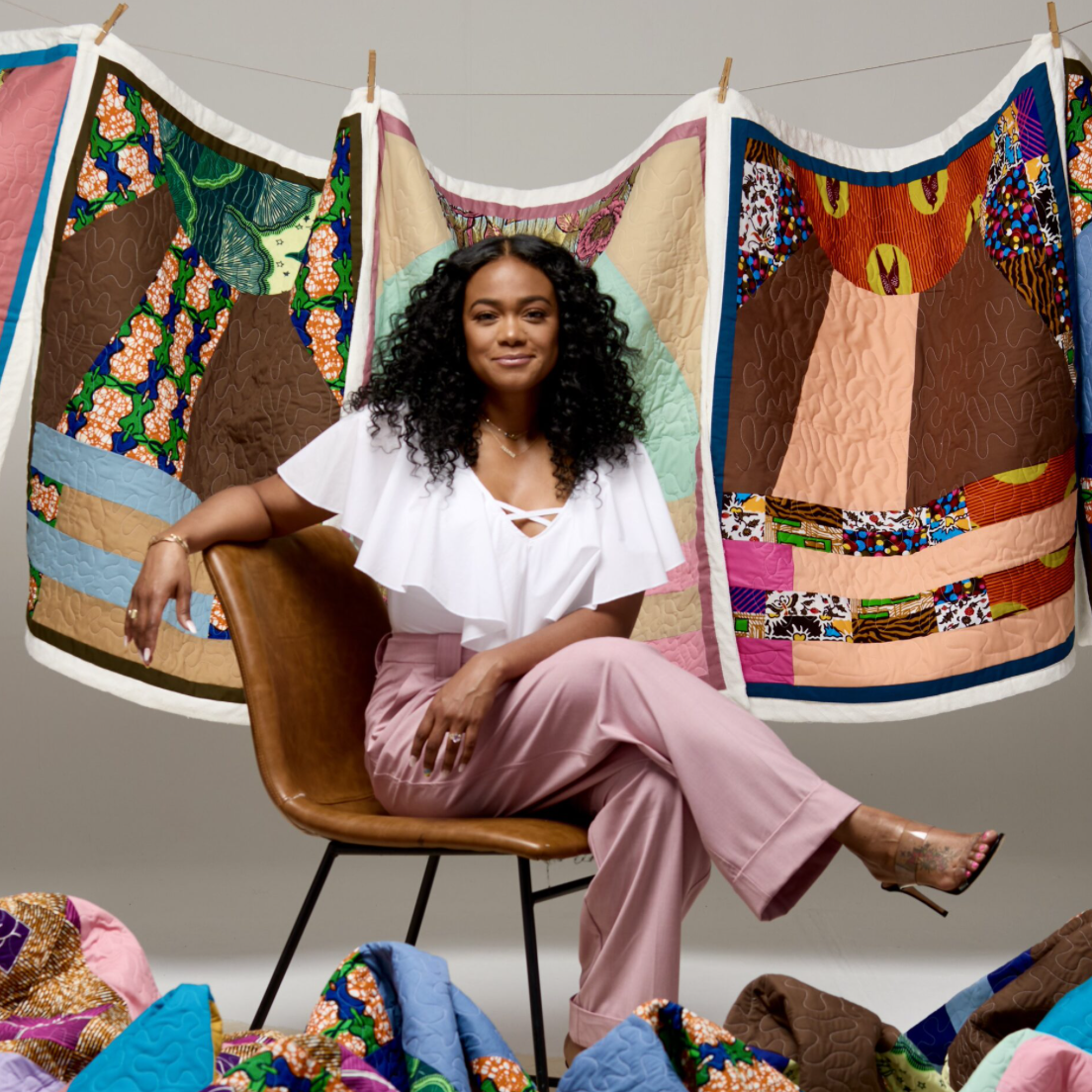Pandemic isolation has been linked to developmental delays in infants. For the first time in 20 years, the CDC has updated the developmental milestone chart, for example, instead of walking by 12 months the CDC now says parents might see infants start to walk closer to 15 months. Parents can support infants and encourage developmental movement. But when baby is stumbling and falling, it’s easy to hover and prevent babies from progressing their motor skills. The balance of protecting littles yet enabling them to learn and develop to the very best of their abilities isn’t easy, but with the tips below parents can help encourage them to crawl and walk with confidence.
Exercise motor skills early on
Although most babies don’t start walking until around 10-15 months of age, the development of motor skills starts early, and it’s important to ensure parents help their child progress through every stage. Tummy time isn’t just a cute way for baby to play, it also helps them develop important neck, abdominal and hip muscles that will assist babies with sitting and crawling. Once they’re crawling like a pro, parents can start helping them work on standing to build leg muscles and help improve their balance, coordination and agility.
Use incentives
One easy way to help baby crawl or walk is to place their favorite toy a little out of reach, while still having the toy be accessible. Being rewarded for their success by learning to use their body to get to where they want to go is important. When they’re ready, placing the toy further from where they are can really get them moving and developing important motor skills.
Walk with them
Assisted walking is a great way to encourage movement. This involves standing behind your child and holding them up in the standing position. By gently moving their arms forward one after the other, their feet will naturally follow. Once your baby understands and recognizes the movements, it’s important for parents to continue to make their child feel supported, without making every physical move for them.
Walking with baby doesn’t have to involve controlling their every step. Walk next to your child and let them take a few, wobbly solo steps. The most important part of your child learning to walk is knowing they have support. This is important for building resilience. Parents should remember that their child will meet their development milestones at their own pace. Some children begin walking around 9 months, others won’t start until 18 months. Encouraging exploration is major as it is not only a physical activity, but a mental journey enabling curiosity, discovery, adaptation, etc.
React appropriately when they fall
As difficult as it may seem, not entering a drama spiral when your baby falls is important. Coming out of hard events with support and compassion helps everyone build resilience, but overreacting can create fear. This is a great long-term life skill that parents and caregivers have a real impact on. For example, when you see your baby fall, your body language, tone, and facial expressions are crucial. Try not to yell, run, or show panic. Presenting concern, compassion and empathy are the correct response to not discourage their exploration but encourage them to get back up on their feet.
Protect their falls
Crib shoes won’t do your baby much good when it comes to walking. Children need a shoe with good support for their ankles to help prevent rolling and wobbling. While walking barefoot is great indoors to strengthen foot and ankle muscles, it’s important to upgrade your baby’s shoe collection for public places and the outdoors to assist their newest adventure of walking.
There are also great clothing items out there to protect children from the inevitable falling that happens when they’re learning to walk. Sandra Aris creates stylish, innovative pants to help instill confidence and curiosity in kids learning to walk or crawl using 3D padded technology found in motocross, motorbike and ski apparel. The pants absorb the shock from falls to help encourage kids to get back up and try again.
In: Baby Glow, Uncategorized, Wellness







































